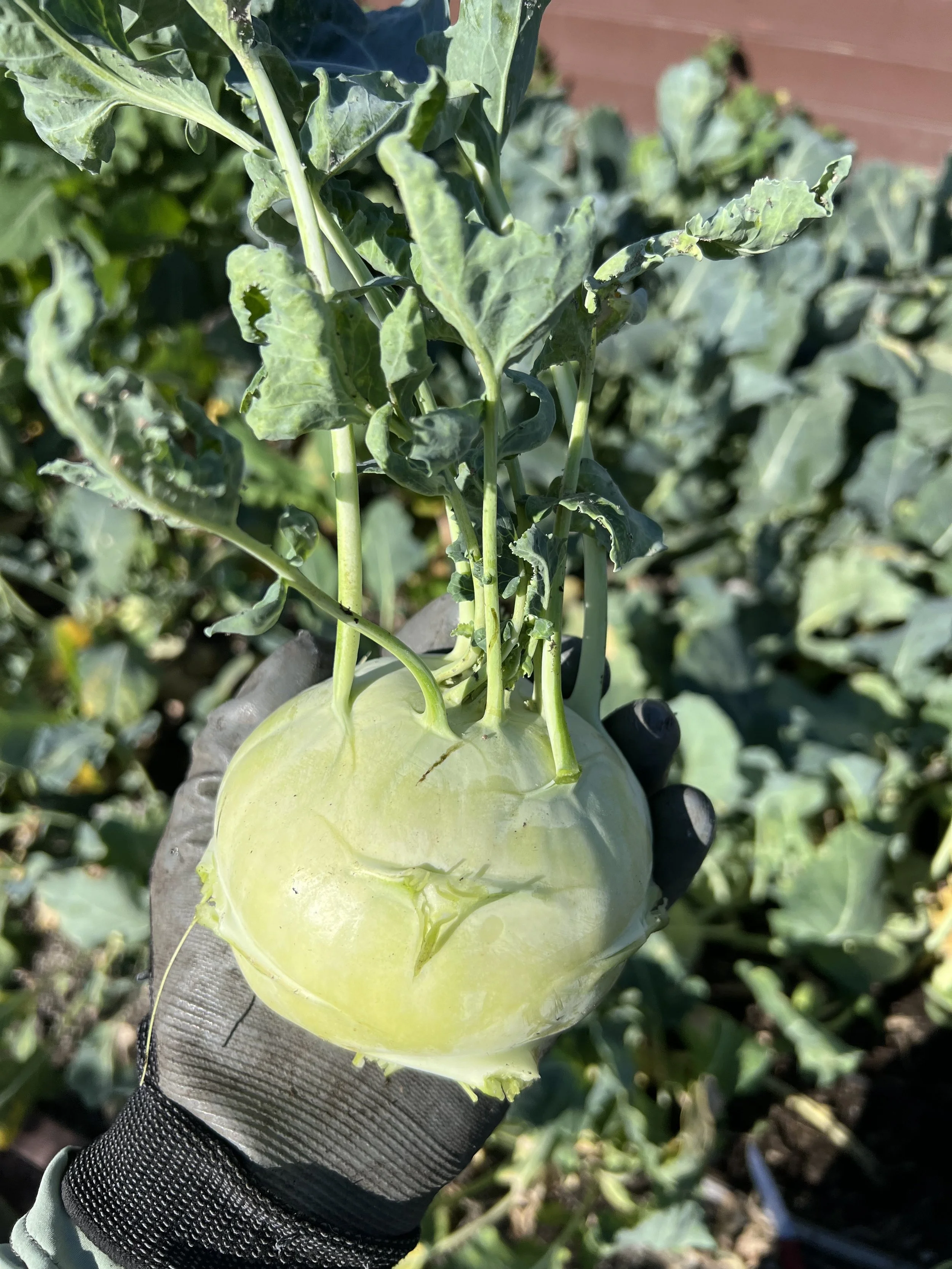Slow-Release Fertilizer Guide: Why Osmocote Plus and Calcium Sources Transform Your Garden
In today's gardening world, choosing the right fertilizer can make the difference between struggling plants and a thriving landscape. Slow-release fertilizers like Osmocote Plus combined with proper calcium management represent the gold standard in plant nutrition. This comprehensive guide explores why these products deliver superior results and how science supports their effectiveness.
Why Slow-Release Fertilizers Like Osmocote Plus Outperform Traditional Options
Slow-release fertilizers have revolutionized how gardeners approach plant nutrition. Unlike conventional quick-release products that dump nutrients all at once, Osmocote Plus delivers consistent nutrition that matches plants' natural growth patterns.
The Science-Backed Benefits of Osmocote Plus
Research consistently demonstrates that slow-release technology offers substantial advantages:
- Extended Nutrient Availability: Osmocote Plus releases nutrients gradually over 3-6 months, eliminating the feast-or-famine cycle of traditional fertilizers.
- Reduced Leaching: Studies show up to 50% less nutrient runoff compared to conventional fertilizers, protecting local waterways and maximizing your fertilizer investment.
- Consistent Growth Patterns: Plants receive steady nutrition, resulting in stronger root development and more resilient foliage.
- Less Frequent Application: One application can last an entire growing season, saving time and reducing the risk of over-fertilization.
Calcium Management: Choosing Between Lime and Gypsum
While nitrogen, phosphorus, and potassium receive most attention, calcium plays an equally crucial role in plant health. Your soil's pH determines which calcium source will work best:
When to Use Lime for Acidic Soils
For soils with pH below 6.0 (acidic conditions), agricultural lime serves a dual purpose:
- Supplies essential calcium for cell wall development and nutrient uptake
- Gradually raises soil pH to improve overall nutrient availability
- Creates better conditions for beneficial soil microbes
- Improves soil structure and water penetration
When to Choose Gypsum for Alkaline Soils
For soils with pH above 7.0 (alkaline conditions), gypsum becomes the optimal calcium source:
- Provides calcium without affecting soil pH
- Improves soil structure by reducing compaction
- Enhances water infiltration and drainage
- Helps remediate salt-affected soils
- Promotes deeper root growth in clay-heavy soils
Application Rates: The Science of "How Much" Matters
Even the best slow-release fertilizer can cause problems if applied incorrectly. Research-based application rates ensure:
- Maximum Nutrient Efficiency: University studies show diminishing returns beyond recommended rates, meaning more isn't better.
- Environmental Protection: Proper application prevents nutrient pollution in groundwater and nearby water bodies.
- Economic Value: Applying the correct amount maximizes your investment without waste.
For most landscape plants, the recommended Osmocote Plus application rate is 1-3 tablespoons per gallon of soil volume, depending on plant type and growing conditions. Always follow package instructions for specific guidance.
Combining Slow-Release Fertilizers with Calcium Sources
For optimal results, apply both components strategically:
1. Test soil pH first to determine which calcium source is appropriate
2. Apply calcium amendments separately from your slow-release fertilizer
3. Follow with Osmocote Plus application according to package rates
4. Water thoroughly to initiate the slow-release process
Conclusion: The Complete Approach to Plant Nutrition
The combination of Osmocote Plus slow-release fertilizer and the appropriate calcium source creates an optimal growing environment based on sound horticultural science. This approach delivers healthier plants, reduces environmental impact, and maximizes your gardening investment.
By understanding the science behind slow-release technology and strategic calcium management, you'll achieve professional-quality results while practicing sustainable gardening techniques that benefit both your plants and the planet.
